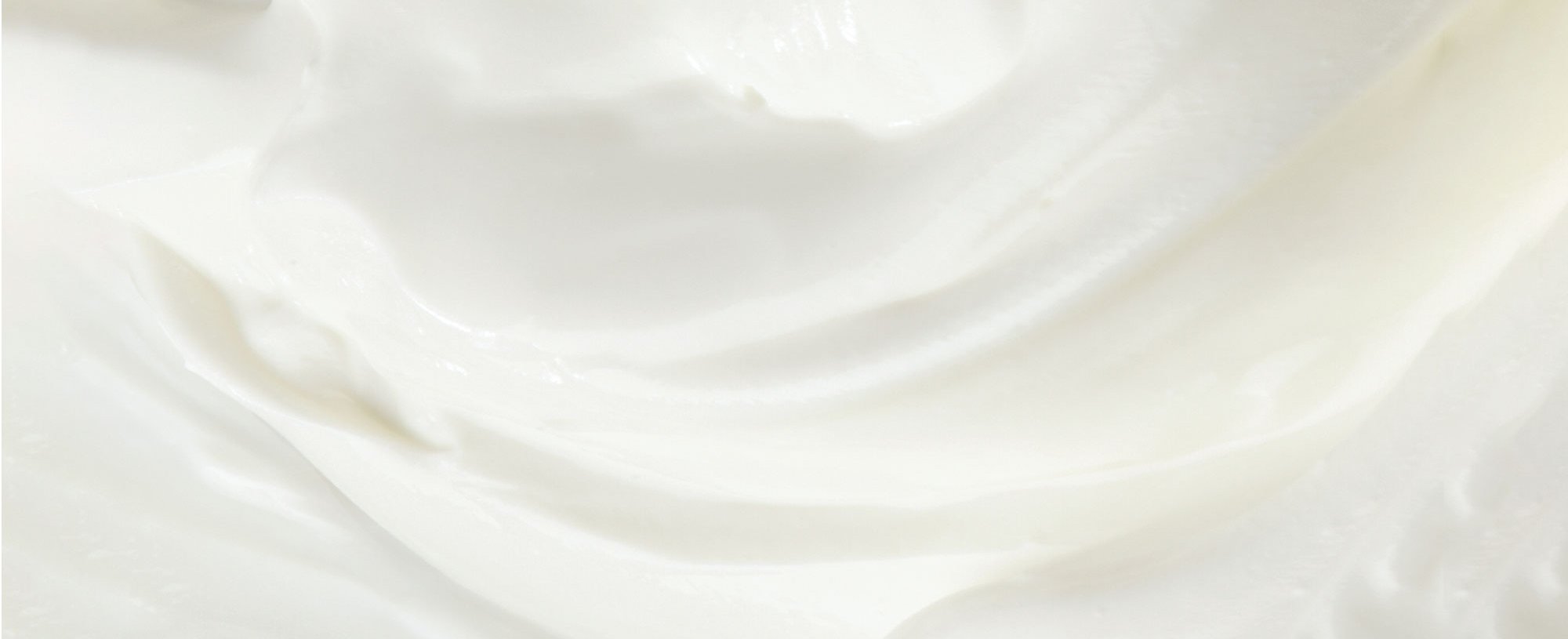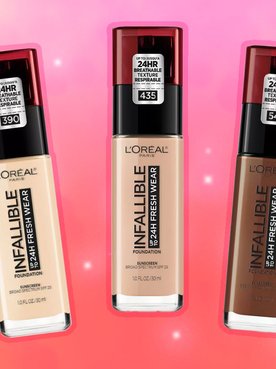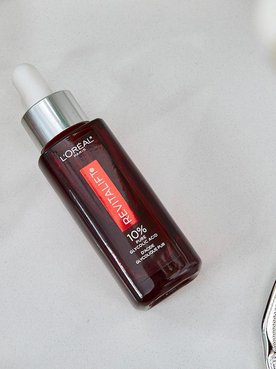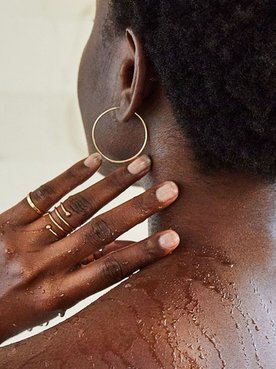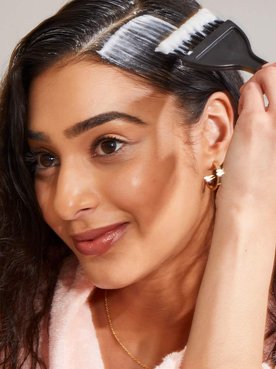When it comes to body care, you likely know there are a few essential steps to having your most beautiful skin all over—one of those being exfoliating from head to toe. While body scrubs and shower gels are popular choices for exfoliation, one of the most talked about options is to use a loofah sponge. However, as classic as this exfoliation method is, there’s some discussion over whether scrubbing with a shower loofah can do more harm than good. The rumor is that loofahs hold bacteria. Yikes! Wondering what’s just a myth and what’s fact? Below, we’re spilling the tea on everything you need to know, starting with what loofahs are and ending on loofah alternatives you can try for smooth skin.
WHAT IS A LOOFAH?
Just in case you need a refresher, let’s go over what a shower or bath loofah is. Loofah sponges aren’t quite like a normal sponge that you might have in your kitchen. Per a study by the Journal of Clinical Microbiology (JCM), they’re derived from vegetable gourds of the cucumber family. Loofahs are known for being a natural option for exfoliating dead skin cells when showering and bathing.
Now, if you’re thinking the pink loofah in your shower doesn’t look like a descendant of a vegetable, keep in mind that there are also synthetic loofahs available that are made out of materials like plastic.
DO LOOFAHS HOARD BACTERIA?
Moving onto the rumors we mentioned—is your loofah just covering you in bacteria? We hate to be the ones to break it to you, but that may very well be the case. According to the same JCM study, natural loofahs already contain bacteria prior to being used. Once hydrated with water in the bath or shower, the loofah becomes an ideal environment for bacteria to grow. In addition to the bacteria already on the loofah, new bacteria can be contracted from the human body and the household environment. Each time a loofah is left to dry and then rehydrate, bacteria are increased.
HOW TO CLEAN A LOOFAH
Most of us are guilty of leaving our loofah in the shower after using it, keeping it in a moist environment where bacteria can continue to thrive. Sound familiar? Even in a dry environment, bacteria can still survive and continue to grow when hydrated. So, how does one keep their loofah clean? The JCM study advises allowing your loofah to dry completely (outside of the shower and moist environments) for at least two weeks, and decontaminating it regularly with bleach to rid it of bacteria.
3 LOOFAH ALTERNATIVES
Now that you know the deal with loofah sponges and their tendency to hoard bacteria, you could clean your loofah regularly, but you may also want to consider using loofah alternatives to suds up in the shower. Luckily, there are a few options to pick from.
Loofah Alternative #1. Body scrub. Like we mentioned earlier, body scrubs are a particularly popular option for exfoliating your body. Similar to a face scrub, this skin care product can be massaged onto your skin in the shower or bath to slough away any dead skin cells.
Loofah Alternative #2. Exfoliating body wash. If you have sensitive skin or simply prefer a gentle option, using an exfoliating body wash or shower gel in place of a body scrub could be a good idea. Not to mention, this skin care product could help cut down the time spent in the shower. This hybrid product has a cleansing formula that contains exfoliants for two-in-one action. Pretty great, right?
Loofah Alternative #3. Dry brush. You can also give dry brushing a try. This trending exfoliation technique is a form of mechanical exfoliation that involves rubbing a dry body brush over your skin to exfoliate and smooth your body. Just keep in mind that this method of exfoliation can be harsh on those with sensitive skin!
Next up: Want more body care tips? Look no further than our articles, How to Cleanse Your Skin from Head to Toe and How to Use Moisturizer from Head to Toe.
